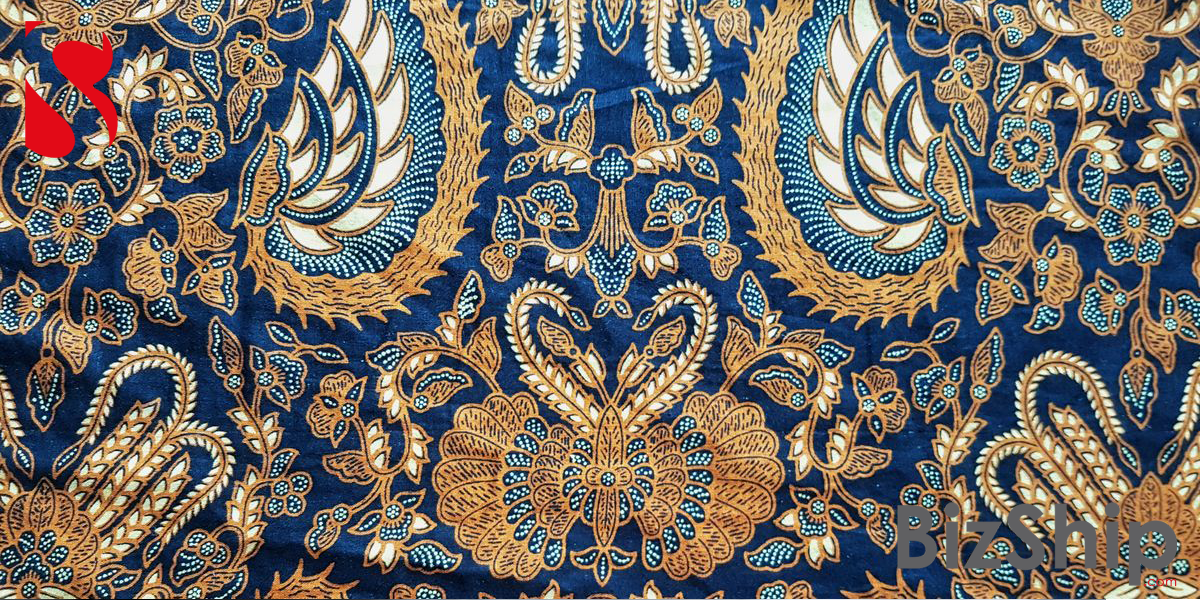The impact of technology on the textiles and garments industry

Technology has revolutionized every industry and the textile and garments industry is no exception. From the introduction of automated machines to the implementation of digital technologies, the industry has seen a significant transformation in recent years. Here are few examples of the impact of technology on the textiles and garments industry.
Automation:
The use of automated machines has made production processes faster and more efficient. With the help of machines, textile and garment manufacturers can produce a large number of products in a short period of time. This has not only increased productivity but has also lowered the cost of production.
Digital Printing:
The traditional screen printing method is gradually being replaced by digital printing. Digital printing has a lot of advantages over screen printing, including the ability to produce high-quality prints, reduce lead times, and lower setup costs. Moreover, it allows for customization and personalization of designs, which is becoming increasingly popular.
Augmented Reality Augmented reality (AR):
technology is being used in the textiles and garments industry to enhance the customer experience. By using AR, customers can try on clothes virtually before making a purchase. This technology has significantly reduced the number of returns, and customers are more satisfied with their purchases.
Supply Chain Management:
Technology has played a significant role in supply chain management in the textiles and garments industry. From inventory management to logistics and transportation, technology has made the entire process more efficient and transparent. This has led to faster delivery times, reduced lead times, and cost savings.
Sustainability:
Technology has also played a significant role in improving sustainability in the textiles and garments industry. For instance, digital printing has significantly reduced water consumption and waste, making it a more sustainable alternative to traditional printing methods. Moreover, automated machines have reduced the need for manual labor, improving worker conditions.
In conclusion, technology has had a significant impact on the textiles and garments industry. From automation to digital printing and augmented reality, the industry has seen a significant transformation in recent years. By embracing technology, manufacturers can improve their efficiency, reduce their costs, and become more sustainable. If you’re interested in learning more about how technology can help your textile and garment business, contact BizShip today.
#technology #textiles #garments #automation #digitalprinting #augmentedreality #supplychainmanagement #sustainability #BizShip



0 Comments